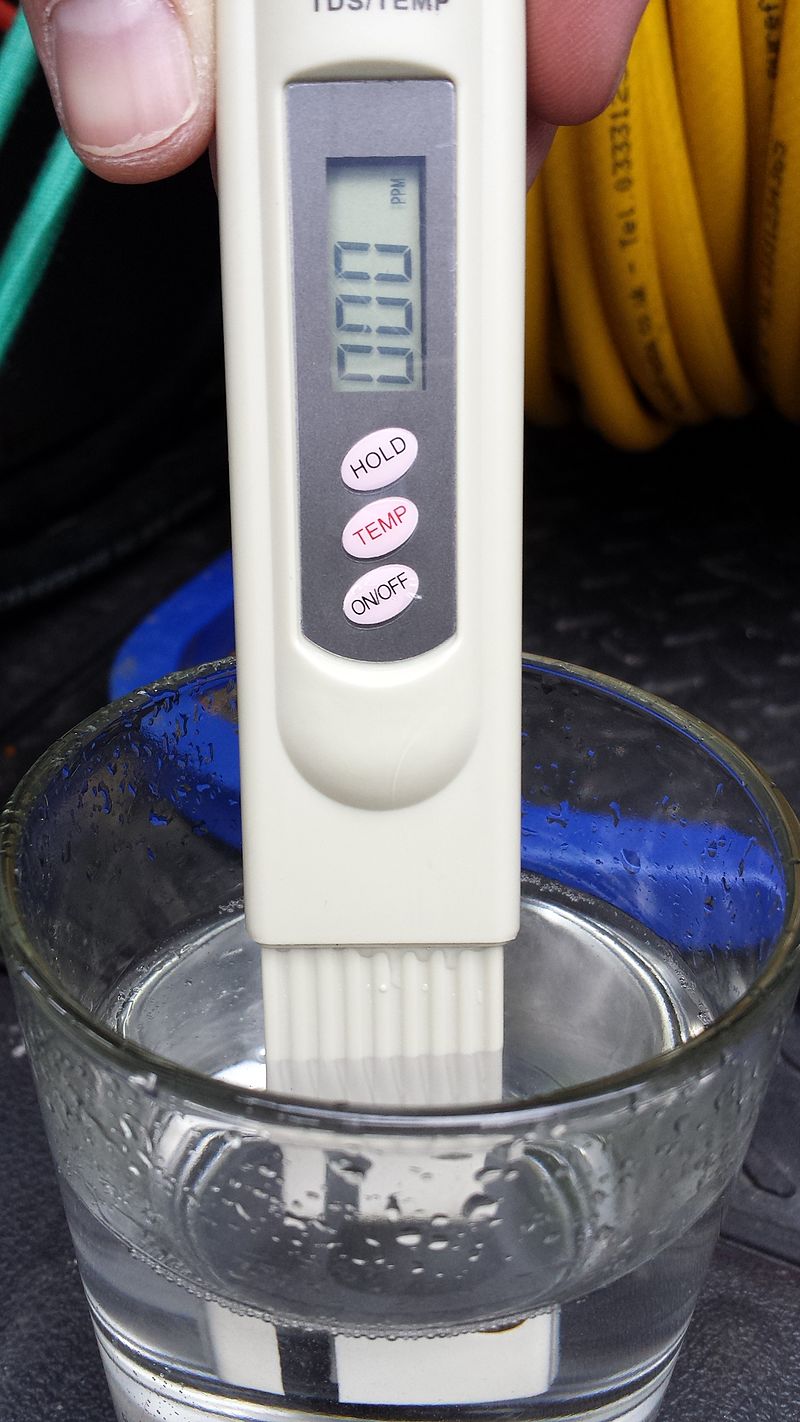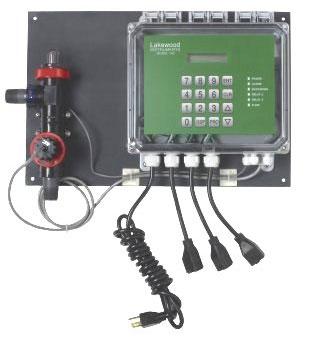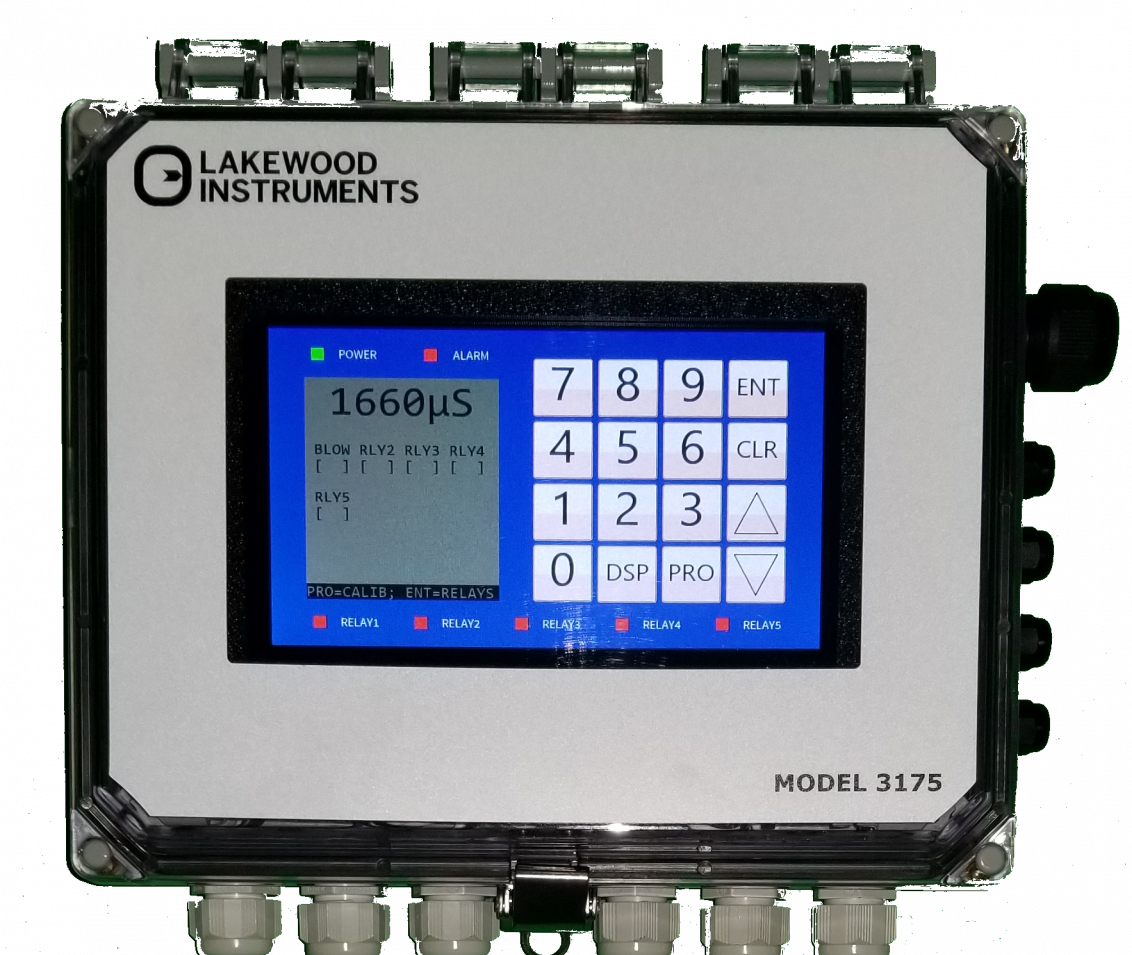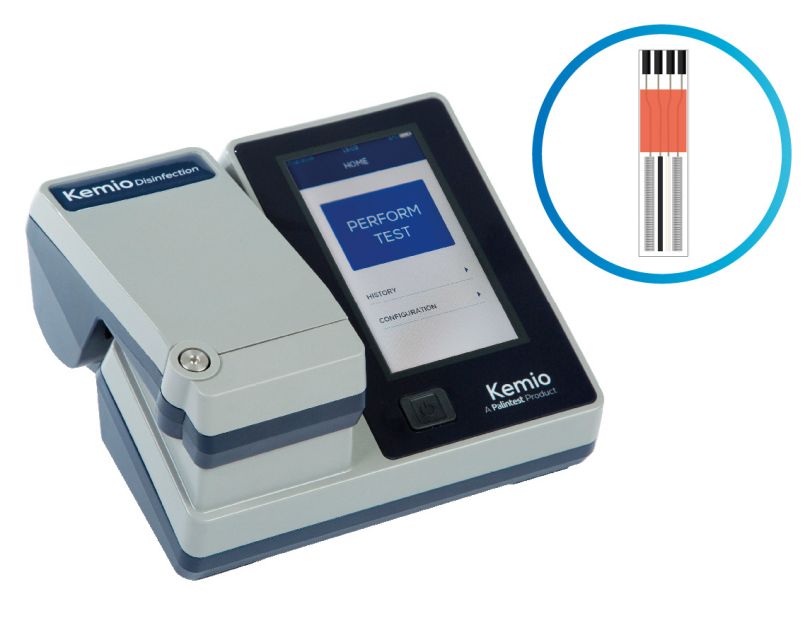What is water TDS?
May 06, 2021 0 Comments

Total dissolved solids (TDS) is a measure of the dissolved combined content of all inorganic and organic substances present in a liquid in molecular, ionized, or micro-granular (colloidal sol) suspended form. TDS concentrations are often reported in parts per million (ppm). Water TDS concentrations can be determined using a digital meter.
Generally, the operational definition is that the solids must be small enough to survive filtration through a filter with 2-micrometer (nominal size, or smaller) pores. Total dissolved solids are normally discussed only for freshwater systems, as salinity includes some of the ions constituting the definition of TDS. The principal application of TDS is in the study of water quality for streams, rivers, and lakes. Although TDS is not generally considered a primary pollutant (e.g. it is not deemed to be associated with health effects), it is used as an indication of aesthetic characteristics of drinking water and as an aggregate indicator of the presence of a broad array of chemical contaminants.
Primary sources for TDS in receiving waters are agricultural runoff and residential (urban) runoff, clay-rich mountain waters, leaching of soil contamination, and point source water pollution discharge from industrial or sewage treatment plants. The most common chemical constituents are calcium, phosphates, nitrates, sodium, potassium, and chloride, which are found in nutrient runoff, general stormwater runoff and runoff from snowy climates where road de-icing salts are applied. The chemicals may be cations, anions, molecules or agglomerations on the order of one thousand or fewer molecules, so long as a soluble micro-granule is formed. More exotic and harmful elements of TDS are pesticides arising from surface runoff. Certain naturally occurring total dissolved solids arise from the weathering and dissolution of rocks and soils. The United States has established a secondary water quality standard of 500 mg/l to provide for palatability of drinking water.
Total dissolved solids are differentiated from total suspended solids (TSS), in that the latter cannot pass through a sieve of 2 micrometers and yet are indefinitely suspended in solution. The term settleable solids refers to material of any size that will not remain suspended or dissolved in a holding tank not subject to motion, and excludes both TDS and TSS. Settleable solids may include larger particulate matter or insoluble molecules.
Total dissolved solids include both volatile and non-volatile solids. Volatile solids are ones that can easily go from a solid to a liquid state. Non-volatile solids must be heated to a high temperature, typically 550 °C, in order to achieve this state change. Examples of non-volatile substances include salts and sugars.
Measurement
The two principal methods of measuring total dissolved solids are gravimetric analysis and conductivity. Gravimetric methods are the most accurate and involve evaporating the liquid solvent and measuring the mass of residues left. This method is generally the best, although it is time-consuming. If inorganic salts comprise the great majority of TDS, gravimetric methods are appropriate.
Electrical, or specific, conductivity of water is directly related to the concentration of dissolved ionized solids in the water. Ions from the dissolved solids in water create the ability for that water to conduct an electric current, which can be measured using a conventional conductivity meter or TDS meter. When correlated with laboratory TDS measurements, conductivity provides an approximate value for the TDS concentration, usually to within ten-percent accuracy.
The relationship of TDS and specific conductance of groundwater can be approximated by the following equation:
- TDS = keEC
where TDS is expressed in mg/L and EC is the electrical conductivity in microsiemens per centimeter at 25 °C. The correlation factor ke varies between 0.55 and 0.8.
Some TDS meters will use this electrical conductivity measurement to then infer the number of parts per million (ppm); 1 ppm indicates 1 mg of dissolved solids per kg of water.
Practical Implications
When measuring water treated with water softeners, high levels of total dissolved solids do not correlate to hard water, as water softeners do not reduce TDS; rather, they replace magnesium and calcium ions, which cause hard water, with an equal charge of sodium or potassium ions, e.g. Ca2+ ⇌ 2 Na+, leaving overall TDS unchanged[9] or even increased. Hard water can cause scale buildup in pipes, valves, and filters, reducing performance and adding to system maintenance costs. These effects can be seen in aquariums, spas, swimming pools, and reverse osmosis water treatment systems. Typically, in these applications, total dissolved solids are tested frequently, and filtration membranes are checked in order to prevent adverse effects.
In the case of hydroponics and aquaculture, TDS is often monitored in order to create a water quality environment favorable for organism productivity. For freshwater oysters, trouts, and other high value seafood, highest productivity and economic returns are achieved by mimicking the TDS and pH levels of each species' native environment. For hydroponic uses, total dissolved solids is considered one of the best indices of nutrient availability for the aquatic plants being grown.
Because the threshold of acceptable aesthetic criteria for human drinking water is 500 mg/l, there is no general concern for odor, taste, and color at a level much lower than is required for harm. A number of studies have been conducted and indicate various species' reactions range from intolerance to outright toxicity due to elevated TDS. The numerical results must be interpreted cautiously, as true toxicity outcomes will relate to specific chemical constituents. Nevertheless, some numerical information is a useful guide to the nature of risks in exposing aquatic organisms or terrestrial animals to high TDS levels. Most aquatic ecosystems involving mixed fish fauna can tolerate TDS levels of 1000 mg/l.
The Fathead minnow (Pimephales promelas), for example, realizes an LD50 concentration of 5600 ppm based upon a 96-hour exposure. LD50 is the concentration required to produce a lethal effect on 50 percent of the exposed population. Daphnia magna, a good example of a primary member of the food chain, is a small planktonic crustacean, about 0.5 mm in length, having an LD50 of about 10,000 ppm TDS for a 96-hour exposure.
Spawning fishes and juveniles appear to be more sensitive to high TDS levels. For example, it was found that concentrations of 350 mg/l TDS reduced spawning of Striped bass (Morone saxatilis) in the San Francisco Bay-Delta region, and that concentrations below 200 mg/l promoted even healthier spawning conditions. In the Truckee River, EPA found that juvenile Lahontan cutthroat trout were subject to higher mortality when exposed to thermal pollution stress combined with high total dissolved solids concentrations.
For terrestrial animals, poultry typically possess a safe upper limit of TDS exposure of approximately 2900 mg/l, whereas dairy cattle are measured to have a safe upper limit of about 7100 mg/l. Research has shown that exposure to TDS is compounded in toxicity when other stressors are present, such as abnormal pH, high turbidity, or reduced dissolved oxygen with the latter stressor acting only in the case of animalia.
In countries with often-unsafe/unclean tap water supplies, the TDS of drinking water is often checked by technicians to gauge how effectively their RO/Water Filtration devices are working. While TDS readings will not give an answer as to the amount of microorganisms present in a sample of water, they can get a good idea as to the efficiency of the filter by how much TDS is present.
Read original article here!
Also in Blog

Advanced Cooling Tower Management: Enhancing Efficiency with Lakewood Model 140
February 28, 2024 0 Comments

Optimizing Cooling Tower Performance: Understanding Efficiency, Maintenance, and Water Quality Management
February 28, 2024 0 Comments

Revolutionizing Water Analysis: Everything You Need to Know About the Kemio KEM10DIS
April 19, 2023 0 Comments

